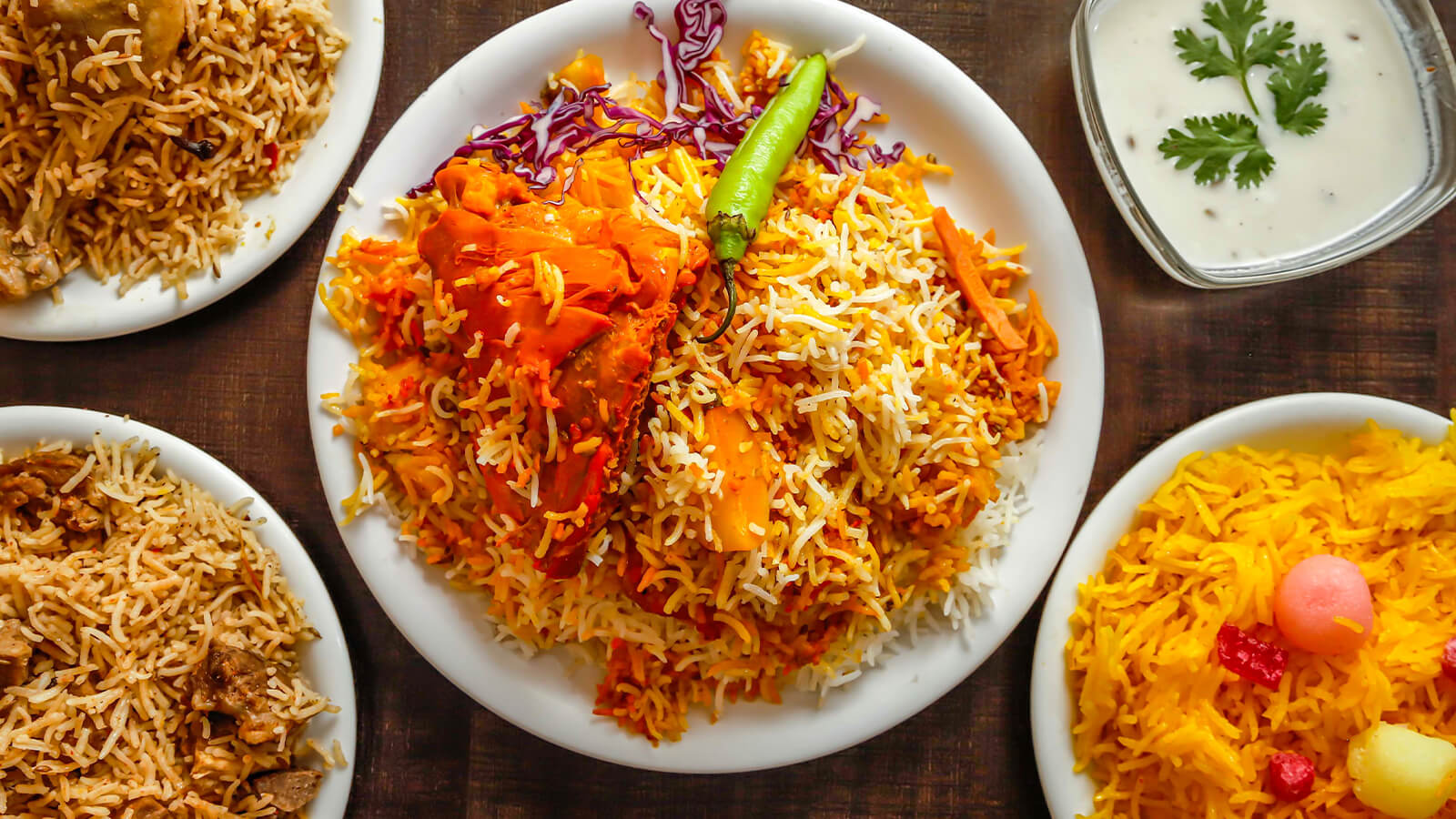5 Unique Indian Spices and Herbs That You Should Cook With

What differentiates Indian cuisine from other culinary cuisines around the world? It’s a variety of spices that are used to prepare a meal. For thousands of years, rich spices like turmeric (haldi) and cumin (zeera) that have brought life to Indian food are now commonly seen being used all over the globe.
Do you ever wonder what makes your everyday Indian food from ordinary to extraordinary? You would be surprised how little effort is required to bring out that “wow” factor. Sometimes, it's just as simple as adding one of these five spices and herbs from the list below to your dish. It can revamp your food into an aromatic, and flavorful meal and bring simple ingredients to life.
1. Dried Fenugreek Leaves (Kasuri Methi)

Starting out with Kasuri methi, the secret ingredient used by Indian restaurants everywhere. Fenugreek is a small, herbaceous plant believed to have originated from the Middle East. The fenugreek leaves have a celery flavor and a warm, nutty taste. It is commonly found in Indian breads like naan and parathas, and is also used in dishes like chicken makhani, paneer masala, palak paneer, mixed dal and subzis. Used as seasoning, kasuri methi is crushed and sprinkled before serving. Be sure to add Kasuri Methi the next time you make daal or sabzi. You will be pleasantly surprised at how scrumptious the dish tastes, and how closely it resembles a dish at your favorite restaurant.
2. Mango Powder (Amchur Powder)

Ever wonder what brings out the tanginess in your daily achaar and chutneys? It's this powerful spice. Made from the national tropical fruit of India (and staple in Indian cuisine), Amchur powder is made from unripe green mangoes. First, mangoes are sliced, then sun-dried and pulverized into a powder form. Amchur powder is the key ingredient in chaat masala, the tangy spice blend that is sprinkled on everything from pakoras to fruits. Amchur powder adds a sour and citrusy flavor to Indian dishes, and serves as a balancing agent between spicy and sweet. The hints of sourness in this spice bring cohesion to the flavors. Some Indian delicacies made from amchur powder include pav bhaji, chana masala, and aloo tikkis.
3. Asafoetida (Hing)

Native to Iran and Afghanistan, Asafoetida is an essential spice in vegetarian cuisine. This spice is made from gum resin found in the roots of a Ferula plant. Once it is extracted, it is dried, ground into a coarse yellow powder. Because of its pungent smell, the spice is also known as stinking gum. Unlike other spices, hing is not something that can be sprinkled over a meal. In order for that strong aroma to dissipate and the bitterness to fade, hing has to be cooked directly in the pan with ghee or oil. The taste of is described as similar to leeks and garlic. Often paired with turmeric, cumin powder, and red chili powder, hing is added to dals and veggie curries. In Ayurvedic medicine, hing is used as a digestive aid.
4. Nigella Seeds (Kalonji)

These seeds are harvested from Nigella sativa, a plant native to the Mediterranean. They are also referred to as “black cumin,” “black caraway,” and “onion seed”. Kalonji has a strong aroma and taste that has hints of oregano, onion and black pepper. The taste is described as smoky and nutty. It is recommended to use them as a whole instead of the ground form, which brings out their underlying bitter taste. In many cultures, kalonji is ranked as a top herbal medicine. In Indian food, you will spot these black seeds in naan bread and achari dishes such as achari aloo, achari paneer and achari bhindi.
5. Nutmeg (Jayphal)

Like cinnamon and clove, nutmeg is a quintessential autumn spice as it represents a sense of warmth. This spice is frequently used in desserts and drinks like pumpkin pie, pumpkin spice latte, and candied pecans. Nutmeg can be used in savory dishes as well as sweet dishes. Some Indian dishes with nutmeg include korma, biryani, puran poli, and ukadiche modak. Nutmeg powder is made by grinding the seed of the myristica fragrans tree. It is an intense spice that has a strong and distinct aroma. The taste is described as nutty and slightly sweet.
It’s difficult to imagine Indian food without spices and herbs. Spices are the infrastructure of Indian cuisine. They are used in all shapes and sizes including whole, powder form, a blend of several spices, or in a paste.
Looking for a list of must have Indian spices that should be in your pantry at all times? Be sure to check our previous blog - The Magnificent Seven Spices Needed for Indian Cooking).
Leave a comment to let us know which of these unique spices you have used in your cooking.





